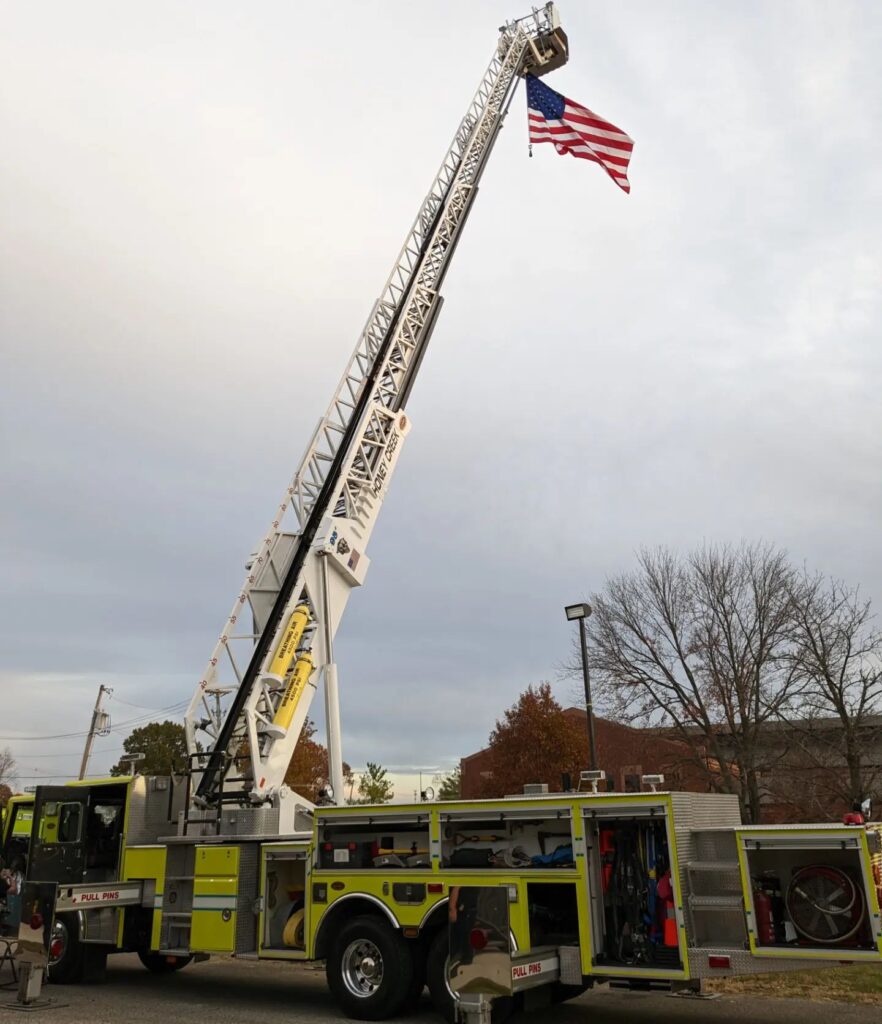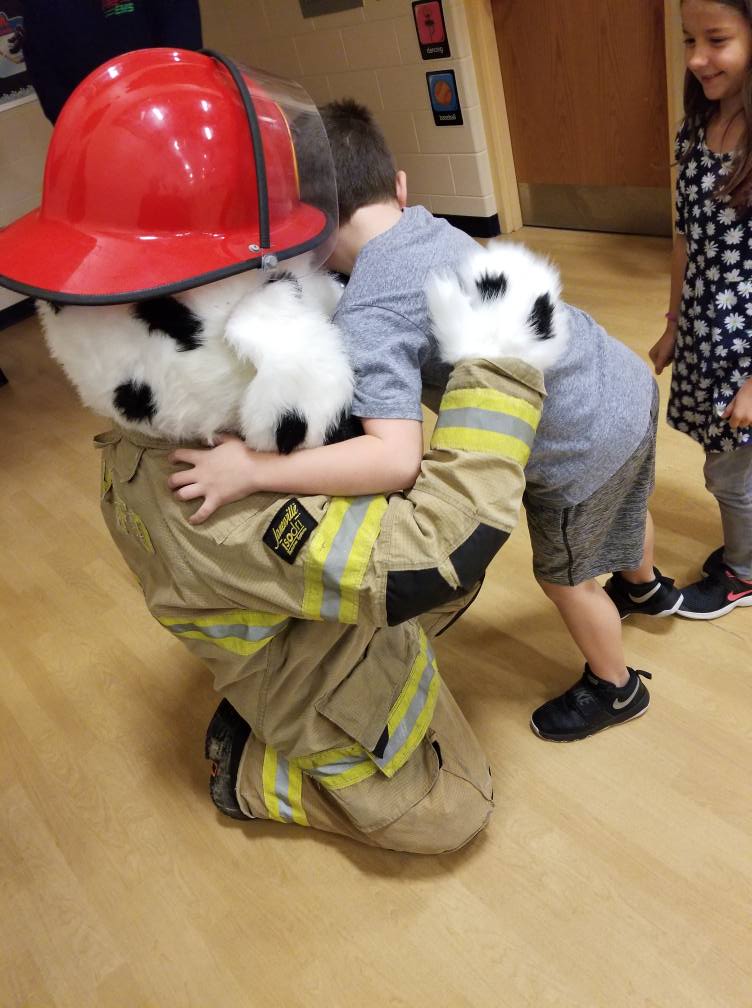Hello, Welcome To Our Fire EMS Services

To best respond to an emergency situation, call takers, dispatchers and first responders need your help. Familiarize yourself and those living or visiting your home with the following tips to ensure that the 9-1-1 call taker will be able to process your emergency call efficiently and send assistance as quickly as possible.

